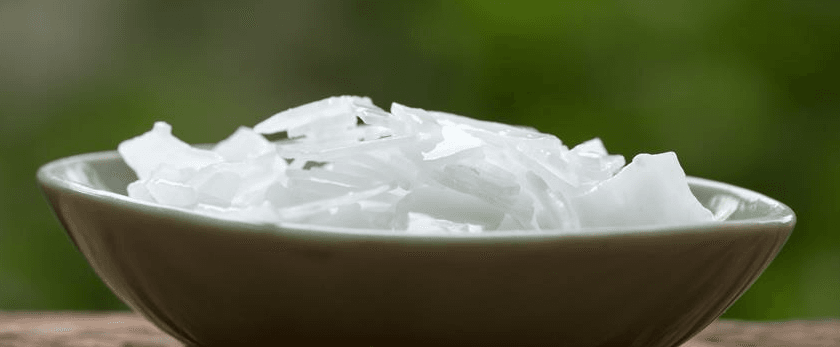In our quest for a greener, more eco-friendly lifestyle, it's essential to consider the responsible disposal of chemicals like lye (sodium hydroxide). Whether you're a homeowner, parent, student, DIY enthusiast, or business owner, knowing how to handle and dispose of lye safely is crucial for a sustainable future. Let's explore some eco-conscious ways to deal with leftover lye.
What can I do with leftover lye?
1. Reuse It for Cleaning:
- Lye is an effective cleaning agent for clogged drains and greasy surfaces. Dilute it with water and use it sparingly to unclog pipes or clean tough stains.
2. Share with Others:
- If you have more lye than you need, consider sharing it with friends, family, or neighbors who might find it useful for their projects. This reduces waste and encourages a sense of community.
3. Store It Safely:
- If none of the immediate uses apply, store lye in a tightly sealed container in a cool, dry place away from children and pets. Label it clearly for future use.
How do you neutralize lye solution?
Lye is highly alkaline and can be dangerous if not neutralized properly. Here's how to safely neutralize a lye solution:
1. Use Vinegar or Citric Acid:
- Carefully add vinegar or citric acid to the lye solution. This will create a chemical reaction that neutralizes the lye. Ensure proper ventilation while doing this.
2. Wait for the Reaction:
- Allow the solution to sit and react for a while, typically about 30 minutes to an hour. During this time, it will become less caustic and safer to handle.
3. Dispose of Neutralized Solution:
- Once the solution is neutralized, you can safely dispose of it down the drain, following local regulations. Rinse the container thoroughly before recycling it.

How do you dispose of sodium hydroxide?
When it comes to disposing of sodium hydroxide, it's crucial to do so responsibly to protect our environment. Here are eco-friendly disposal methods:
1. Dilution and Neutralization:
- As mentioned earlier, neutralizing lye with vinegar or citric acid is an effective way to make it safe for disposal down the drain. Follow the steps outlined above.
2. Consult Local Guidelines:
- Check your local regulations and guidelines for chemical disposal. Some areas may have specific rules for disposing of sodium hydroxide.
3. Professional Disposal Services:
- If you have a significant amount of lye or are unsure about disposal, consider contacting a professional chemical disposal service. They have the expertise and equipment to handle it safely.
4. Recycle Empty Containers:
- If you have empty lye containers, rinse them thoroughly and recycle them according to your local recycling program.
In conclusion, being environmentally conscious means not only using chemicals like lye responsibly but also disposing of them in a way that minimizes harm to the planet. Whether you're using lye for household cleaning or DIY projects, following these green disposal methods can make a significant difference in creating a more sustainable future. By sharing knowledge and working together, we can all contribute to a cleaner, healthier planet for ourselves and future generations.










